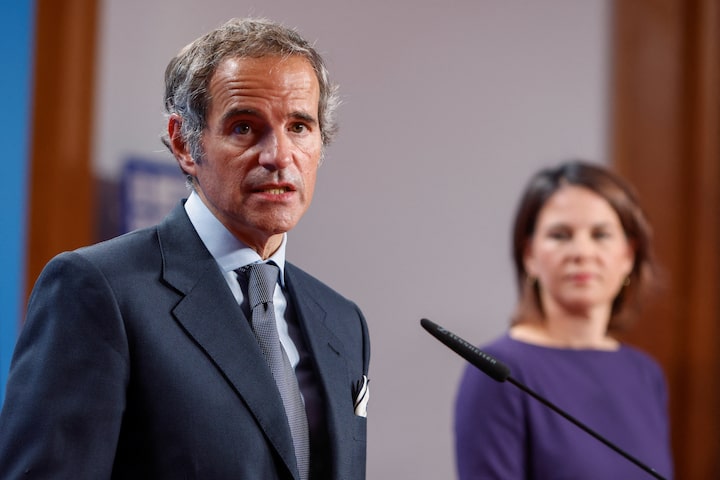The Peaky Blinders have captivated audiences worldwide with their thrilling portrayal in the hit TV series. Their origins, however, can be traced back to a real street gang in Birmingham, England, in the late nineteenth and early twentieth centuries. This article will present a comprehensive history of the Peaky Blinders, examining their origins, activities, and lasting legacy.
The Peaky Blinders began in Birmingham’s slums, primarily in the 1880s. The gang was made up of young criminals from the lower to middle classes. They were involved in criminal activities such as robbery, violence, racketeering, illegal bookmaking, and gambling control. According to one popular theory, the gang’s name, “Peaky Blinders,” was derived from sewing razor blades into the peaks of their flat caps, which they used as weapons. This menacing trademark became synonymous with its ferocious street reputation.
The Peaky Blinders quickly rose to prominence for their criminal exploits, establishing control over Birmingham’s underworld. Extortion, street fights, and protection rackets became their standard operating procedures. Their operations included illegal betting and bookmaking, which enabled them to amass significant wealth. Despite their local prominence, the real-life Peaky Blinders did not achieve the global fame depicted in the TV series. Nonetheless, their influence on Birmingham’s criminal landscape is undeniable.
The reign of The Peaky Blinders coincided with significant societal change in Birmingham and the rest of the United Kingdom. Rapid industrialisation in the city resulted in economic disparities and social unrest. In response to the difficult living conditions and limited opportunities for the working class, street gangs such as the Peaky Blinders emerged. The exploits of the gang were influenced by the socio-political climate of the time, highlighting the struggles and realities of the urban poor.
The Peaky Blinders’ influence waned as the twentieth century progressed. Increasing police pressure, internal conflicts, and the outbreak of World War I all played a role in their demise. Many gang members were conscripted into the military, causing a schism in their ranks. While the original Peaky Blinders faded away, their legend lived on. The TV show “Peaky Blinders,” which debuted in 2013, introduced a fictionalised version of the gang’s story, enthralling audiences worldwide and reigniting interest in their history.
The gripping portrayal of the Shelby family and their rise to power in the criminal underworld in the popular TV series “Peaky Blinders” captivated audiences. While the show is based on the real-life Peaky Blinders gang, it also includes fictional elements to enhance the dramatic story. The historical parallels and differences between Peaky Blinders and real-life events.
- Historical Basis: The Peaky Blinders series is loosely inspired by the real-life gang that operated in Birmingham, England, during the late 19th and early 20th centuries. The show incorporates elements of the gang’s activities, such as violence, robbery, and gambling control, while taking creative liberties to craft a compelling story.
- Rival Gangs: In both the series and reality, the Peaky Blinders had rival gangs. The most notable rival depicted in the show is the Birmingham Boys, led by Billy Kimber. While the Birmingham Boys were real and had conflicts with other gangs, such as the Sabinis, their portrayal and interactions with the Peaky Blinders in the series may be fictionalised for dramatic effect.
- Fictionalised Characters and Events: The Peaky Blinders series introduces fictional characters like Tommy Shelby and Arthur Shelby, who become central figures in the show’s storyline. These characters are not direct representations of real individuals from the Peaky Blinders gang. However, the series occasionally incorporates real historical figures into the narrative to provide context and enhance the authenticity of the setting.
- Timeline Discrepancies: The Peaky Blinders series is primarily set in the 1920s, while the real-life Peaky Blinders operated predominantly during the late 19th and early 20th centuries. The show takes inspiration from the gang’s activities but may not adhere strictly to the historical timeline. Some events and circumstances portrayed in the series may be fictional or altered for dramatic purposes.
- Appearance and Style: The distinctive fashion sense of the Peaky Blinders gang in the series, characterised by peaked caps and three-piece suits, reflects the general style of the time. However, the real-life Peaky Blinders mainly disappeared by the 1920s, the period depicted in the show. The fashion choices in the series serve as a visual homage to the era and the spirit of the gang.
The History of the Peaky Blinders tells the story of a street gang that operated in Birmingham in the late nineteenth and early twentieth centuries. They were young criminals who navigated the complexities of an industrialising city and left their imprint on the city’s criminal landscape. While the real Peaky Blinders did not achieve the same level of success or international acclaim as their fictional counterparts, their story remains an intriguing historical chapter. As we continue to be enthralled by the Shelby family’s exploits on screen, let us not forget the real-life people who inspired the legendary Peaky Blinders.
References:
- https://en.wikipedia.org/wiki/Peaky_Blinders
- www.smithsonianmag.com/history/who-were-real-peaky-blinders-180973328/
- https://theculturetrip.com/europe/united-kingdom/articles/a-brief-history-of-the-peaky-blinders/
- https://www.looper.com/231429/the-entire-peaky-blinders-timeline-explained/
- https://www.britannica.com/topic/Peaky-Blinders




